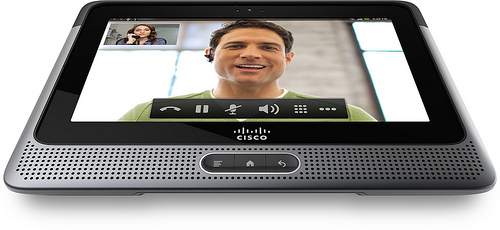Is that a Wireless Wide Area Network (WWAN) chipset inside your Android tablet?
Why yes, yes it is.

Of course, the popular chipset isn’t expected to remain confined to handsets and tablets forever.
No, WWAN components are tapped to power a wide variety of next-gen mobile wireless devices.
Indeed, iSuppli principal analyst Francis Sideco projects that at least 20.7 million WWMAN chipsets will ship by the year 2014.
“While the handset market [is likely to] remain the driving force in the wireless industry, a crop of new wireless consumer devices such as slates, netbooks, eReaders and Portable Media Players (PMPs) have opened up an adjacent market,” Sideco told TG Daily.
“As a new decade begins in 2010, the objective in the wireless industry is no longer simply to achieve ubiquitous coverage, but rather to obtain ubiquitous presence for wireless-enabled devices in every aspect of living.”
She explained that Android and iPad tablets represented a definite opportunity for manufacturers to increase deployment of the chipset – as only minor modifications are required to adapt the hardware for next-gen devices.
“All the new products utilize the same methods currently [found] in handsets and laptops to provide WWAN connectivity – by USB dongles on the one hand, or by embedded modules or chipsets on the other.
“[And although certain] products are expanding the overall wireless semiconductor market, the re-emergence of the slate segment – including the Apple iPad as well as competing products – has invigorated chip vendors.”
Sideco added that WWAN chipsets could eventually facilitate the easy transfer of data and content from one tablet to another, or enable seamless transitioning from using one device for one task to the next.
“[We] sees this interaction and strategy as a key driver for the success of OEMs in this market. In the case of Apple, this is already happening with the iPad and iPhone devices.
“Such a strategy is also occurring with Nokia through its partnership with Intel, as well as with HP in its acquisition of Palm. Other OEMs are expected to follow suit.”






